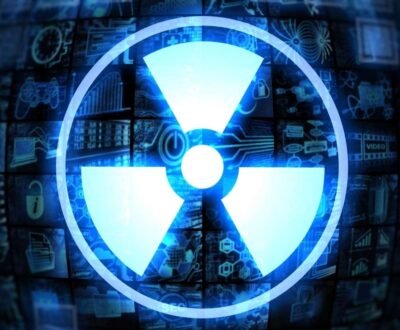A recent study on stroke by scientists from Trinity College Dublin published in the Nature group Journal of Cerebral Blood Flow and Metabolism, has established the role of a new technique called MRI scanning in delaying the time-window during which drug therapy may be given to stroke patients. The technique actually analyzes the level of sodium ions in the brain rather than measuring the water levels.
Stroke is basically caused by blockage of one or more arteries that supply blood to the brain causing the area of brain being supplied by those arteries to undergo bioenergetics failure and die within minutes. The mainstay of treatment in stroke patients is to save the rest of the brain tissue, known as the penumbra, from getting damaged.
The decision to administer the thrombolytic drugs is countered by their potential side effects. Only a small percentage of people get to receive the drug therapy and that too within a four-hour time window from the time of onset of stroke and determining how much residual brain mass is present and whether it can be saved or not has been quite difficult with the conventional MRI scans.
However, the MRI scanning technique has ability to detect sodium levels and even the small fluctuations in these levels can be picked up. The concentration of sodium ions in the tissue affected by decreased blood flow is slightly less-almost 12%, to be more precise- as compared to the surrounding penumbra tissue. Thus, the technology can be employed for the effective and timely management of stroke patients.
About us and this blog
We are a teleradiology service provider with a focus on helping our customers to repor their radiology studies. This blog brings you information about latest happenings in the medical radiology technology and practices.
Request a free quote
We offer professional teleradiology services that help hospitals and imaging centers to report their radiology cases on time with atmost quality.
Subscribe to our newsletter!
More from our blog
See all postsRecent Posts
- Understanding the Challenges of Teleradiology in India January 19, 2023
- Benefits of Teleradiology for Medical Practices January 16, 2023
- Digital Transformation of Radiology January 2, 2023









